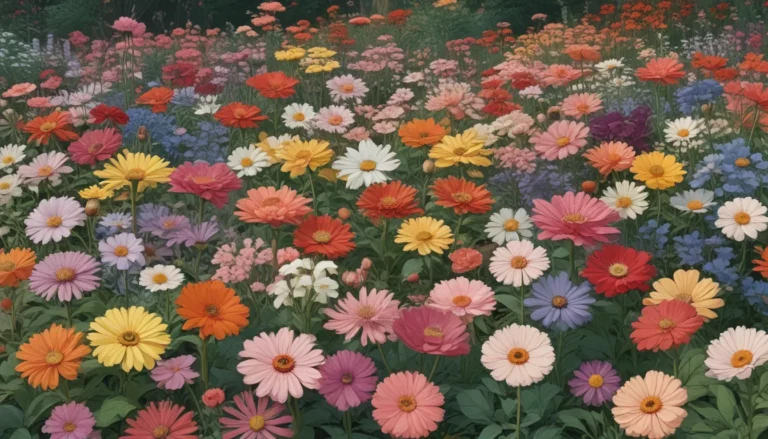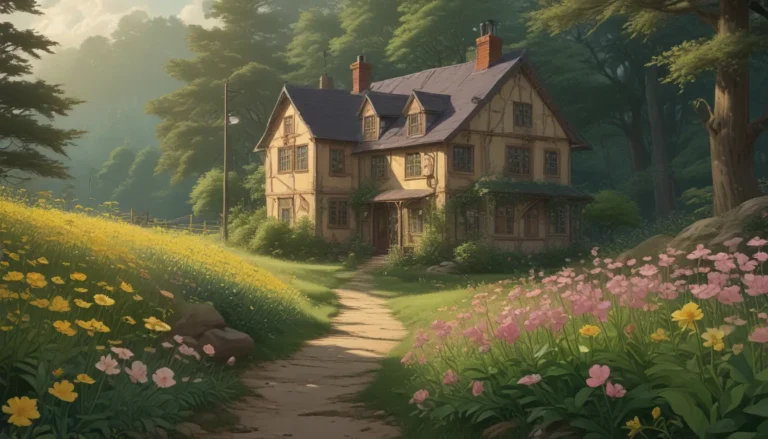How to Ensure Your Lily of the Valley Blooms Every Spring

Lily of the valley is a beloved perennial that adds charm and fragrance to shady gardens with its delicate bell-shaped flowers. However, if your plants are not blooming as expected, you may be missing out on a beautiful spring display. In this comprehensive guide, we will explore the reasons why lily of the valley may fail to bloom and provide you with practical solutions to ensure a bountiful bloom every year.
Understanding Lily of the Valley: A Low-Maintenance Delight
Lily of the valley, scientifically known as Convallaria majalis, is a low-maintenance perennial that thrives in shady environments. These plants are known for their fast spread and attractive ground-covering foliage. To ensure optimal growth and abundant blooms, lily of the valley requires a few specific growing conditions:
- Partial shade
- Moist soil during bud development
- Adequate space for root expansion
With the right care, lily of the valley forms a lush carpet of fragrant flowers that can enhance any garden. Let’s dive into the common reasons why your lily of the valley may fail to bloom and how to address them effectively.
Common Reasons for Lily of the Valley Failure to Bloom
1. Too Much Light
Lily of the valley thrives in shady locations and may struggle to bloom in overly sunny spots. Ensure that your plants receive only a few hours of morning sunshine and are shaded for the rest of the day to promote abundant bud formation.
2. Plant Maturity
Newly planted lily of the valley may take up to two years to mature and start blooming. Be patient and provide optimal growing conditions to encourage flowering as the plants establish themselves.
3. Soil Moisture Issues
Consistent moisture is crucial for lily of the valley, especially during the bud-setting stage. Water your plants deeply on a weekly basis, particularly during dry spells, to ensure that the soil remains moist and conducive to flower development.
“Should spring rains be scant or absent, make sure you water your plants deeply on a weekly basis, providing one to two inches of water.”
4. Overcrowding
Overcrowding can hinder the blooming of lily of the valley by restricting root growth and airflow. Divide overcrowded plants every three to five years to promote healthy growth and abundant blooms. Provide ample space for root expansion when replanting to prevent overcrowding in the future.
5. Compacted Soil
Compacted soil can impede root growth and water infiltration, leading to poor flowering in lily of the valley. Aerate the soil in late winter to improve oxygenation and drainage, ensuring that the roots have access to the necessary nutrients and moisture for blooming.
Tips for Successful Lily of the Valley Cultivation
To ensure that your lily of the valley plants bloom vibrantly each spring, follow these additional tips:
- Provide partial shade and well-draining soil for optimal growth.
- Divide overcrowded plants every three to five years to promote healthy growth.
- Use a moisture meter to monitor soil moisture levels accurately.
- Aerate compacted soil in late winter to improve oxygenation and water infiltration.
By implementing these practices, you can encourage your lily of the valley to bloom abundantly and create a stunning display in your garden. Remember to provide consistent care and attention to ensure the continued success of your plants.
In Conclusion
Lily of the valley is a delightful perennial that can enhance any shady garden with its delicate blooms and sweet fragrance. By understanding the common reasons for bloom failure and implementing practical solutions, you can ensure that your plants thrive and produce abundant flowers each spring.
If you have any questions or need further guidance on encouraging your lily of the valley to bloom, feel free to leave a comment below. For more information on flowers that thrive in shady locations, consider exploring our guides on other shade-loving plants such as Bleeding Heart, Impatiens, and Trillium flowers.
With the right care and attention, your lily of the valley plants will reward you with a beautiful carpet of fragrant flowers year after year. Happy gardening!





